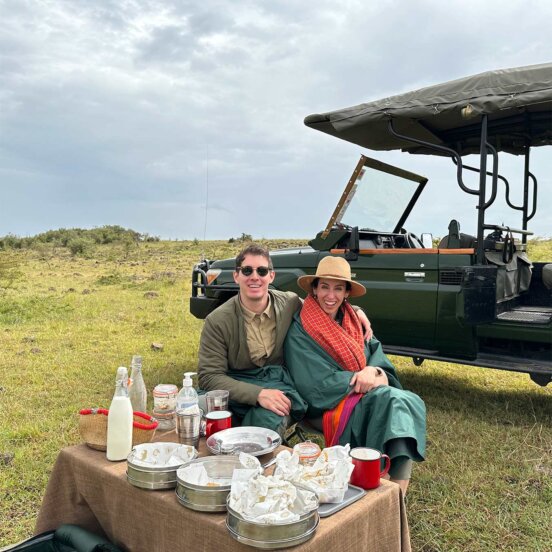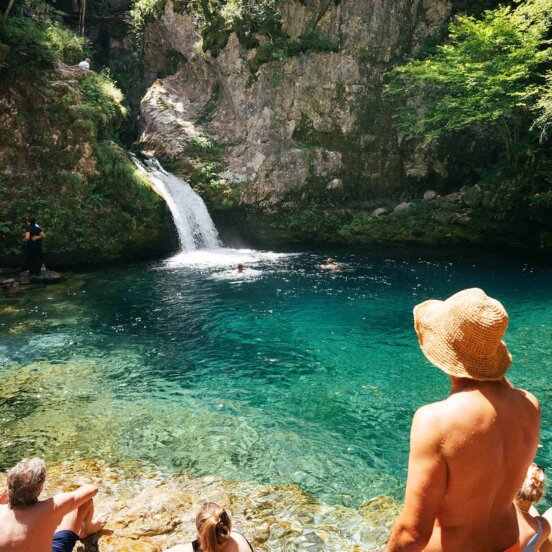Inside the flavour-packed world of Vietnamese chef Andrea Nguyen

I was only six-years-old when we fled Saigon in 1975, settling in California in the wake of the Vietnam War. Growing up, our cuisine was the food of the Vietnamese diaspora: refugees trying to hold onto the flavours that we knew and loved. We were exploring how we could preserve our identity, while also developing a newfound culinary curiosity from being surrounded by so many different communities and ideas.
I’m the youngest of five children. Once my mother realized I was a good kitchen helper, she trained me to be her assistant. The first thing she taught me was how to make rice, so I made that for our family on a regular basis.
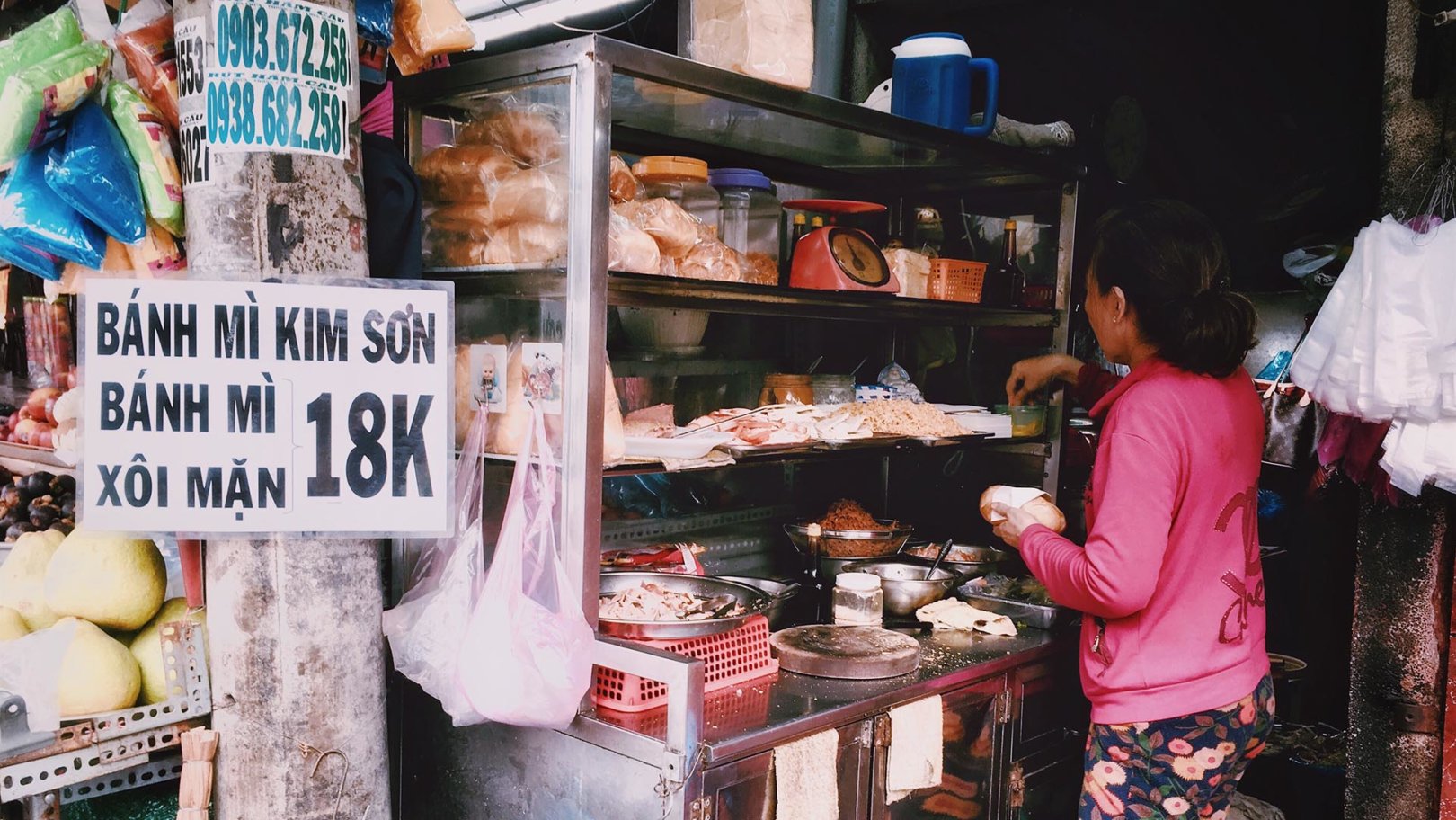
To me, bánh mì is a Vietnamese history lesson in a sandwich
Vietnamese food is creative and flexible: it has a lot of multicultural influences. As the native cuisine, it draws on inspiration from the rest of Southeast Asia and neighboring China, as well French colonial, Portuguese and Indian-inspired flavours.
Take a basic bánh mì sandwich. You’ve got French baguette-style bread with butter, New World herbs and Vietnamese charcuterie. You also might throw in some Cantonese char siu pork, or another kind of Chinese meat. The entire dish becomes a Vietnamese history lesson in a sandwich.
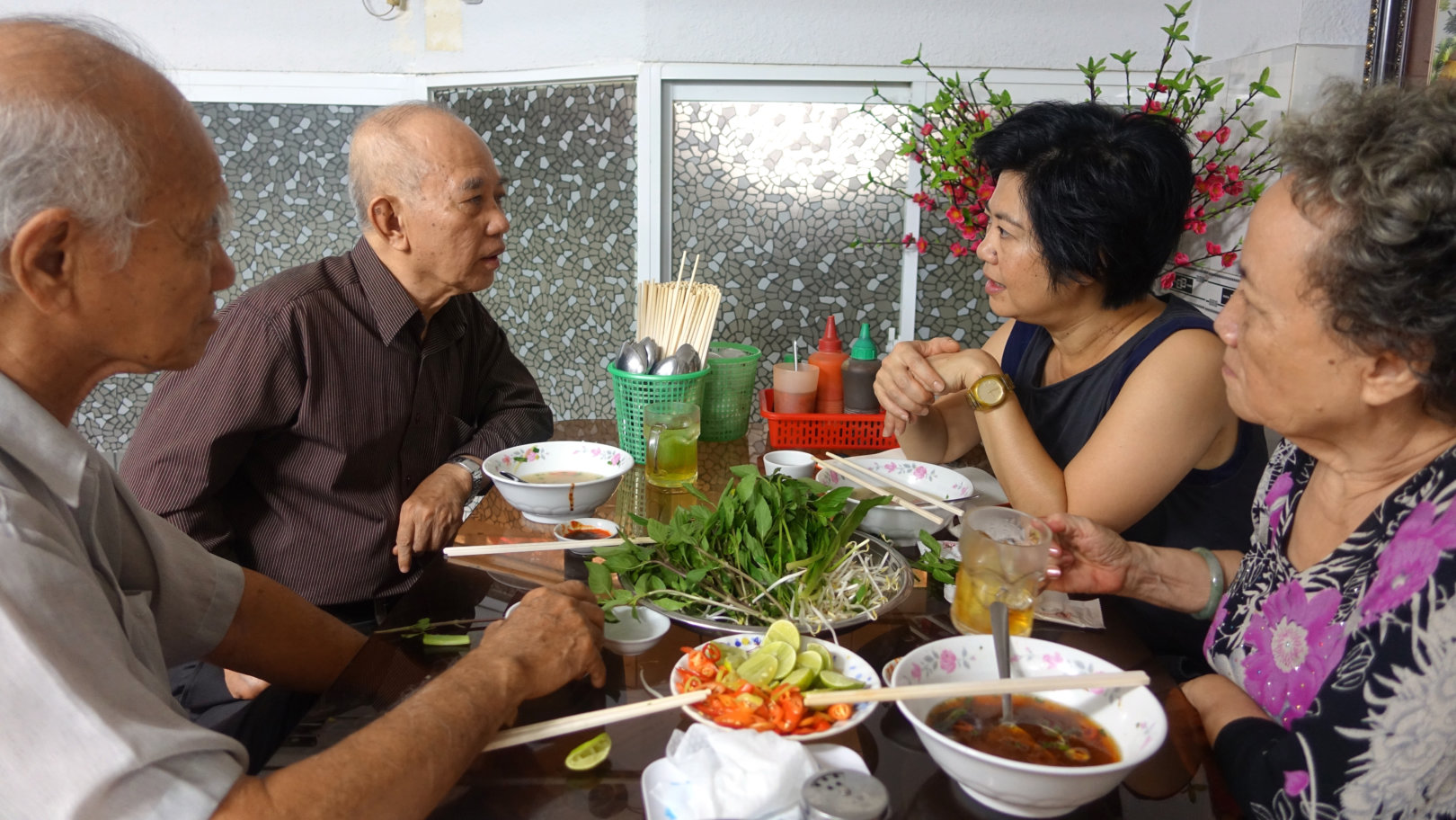
Vietnamese dining is convivial and often shared
When my family arrived in the States, we were astounded by the range of ingredients, including butter and white sugar that we didn’t have in Vietnam. We read American food magazines and learnt what spaghetti and brownies were. We were also able to make Vietnamese food with American grocery staples, such as cilantro, mint, rice and soy. My mother is 88 and she’s still extremely curious about different cultures and methods in the kitchen.
Vietnamese dining is very convivial: dishes are nearly always shared rather than plated individually and food is personalized. For example, in a Vietnamese home, all of the components of a rice paper roll (vegetables, grilled fish and different herbs) are there on the table for you to make your own.
It’s a real experience to craft it slowly, thinking about what you want to put in rather than just wolfing it down. Then you share that creativity with your family. My parents used to fight about the different ways to roll up rice paper, both thinking their own method was the best.
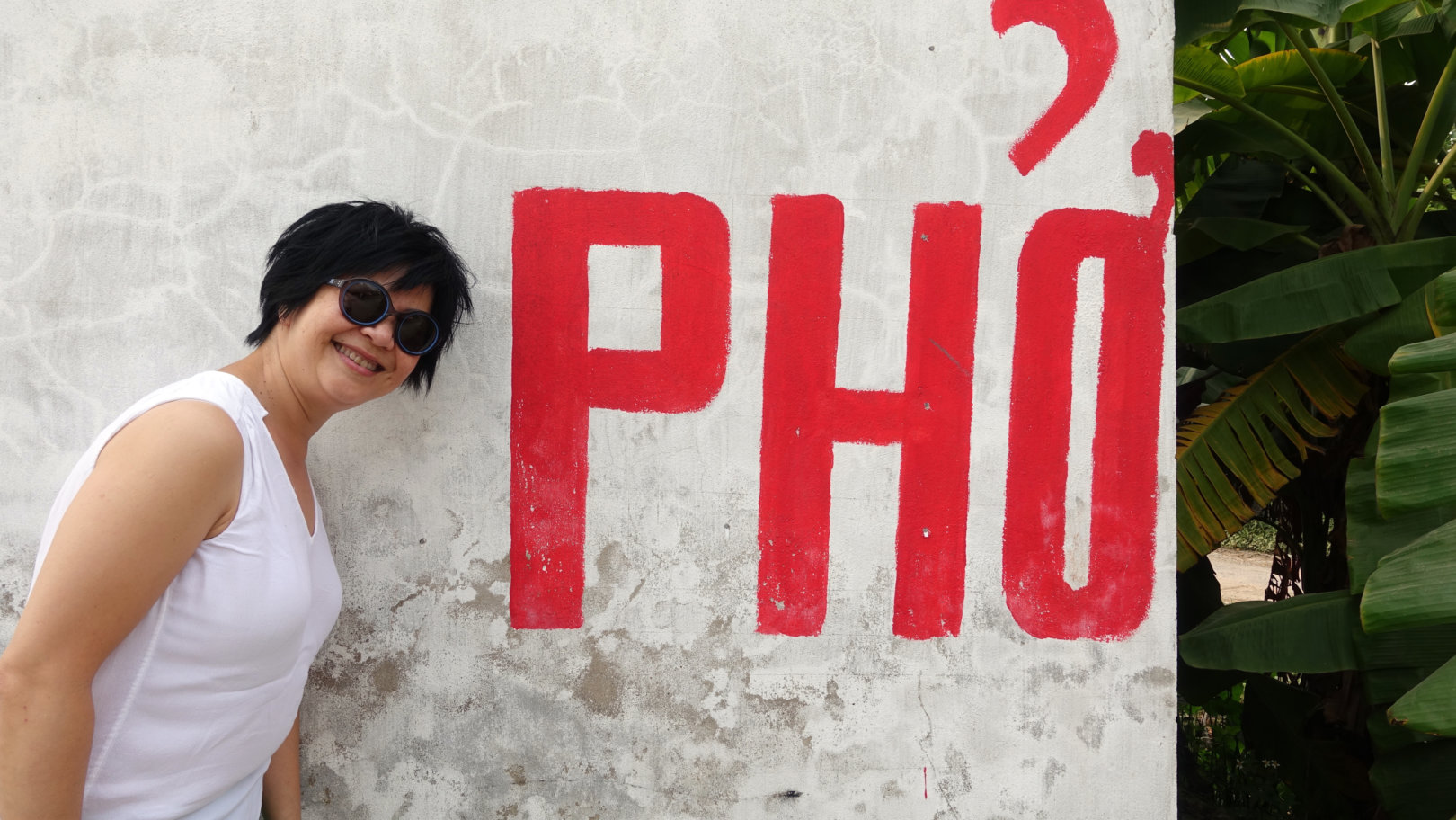
Hanoi’s purist version of pho reflects the north’s traditional culture
If you’re traveling in Vietnam for the first time, I would focus on the three noodle soups – traveling from the north to the south. In the capital, Hanoi, you want to try phở. Even though you’ll find it find everywhere in the country – nowadays, there are even phở cocktails and phở burritos – the dish originated here and the capital’s purist version reflects the north’s traditional culture. The bowls are smaller, you won’t find piles of garnish and there’s usually no sauce to throw in.
If you’re going out for phở, arrive at the beginning of service, because the broth is going to be fresher-tasting with a brighter flavor. If you’re getting beef or chicken phở, a little fat is good as it carries flavor. When you’re walking away from a good bowl, you want to be licking your lips: the memory of it should linger.
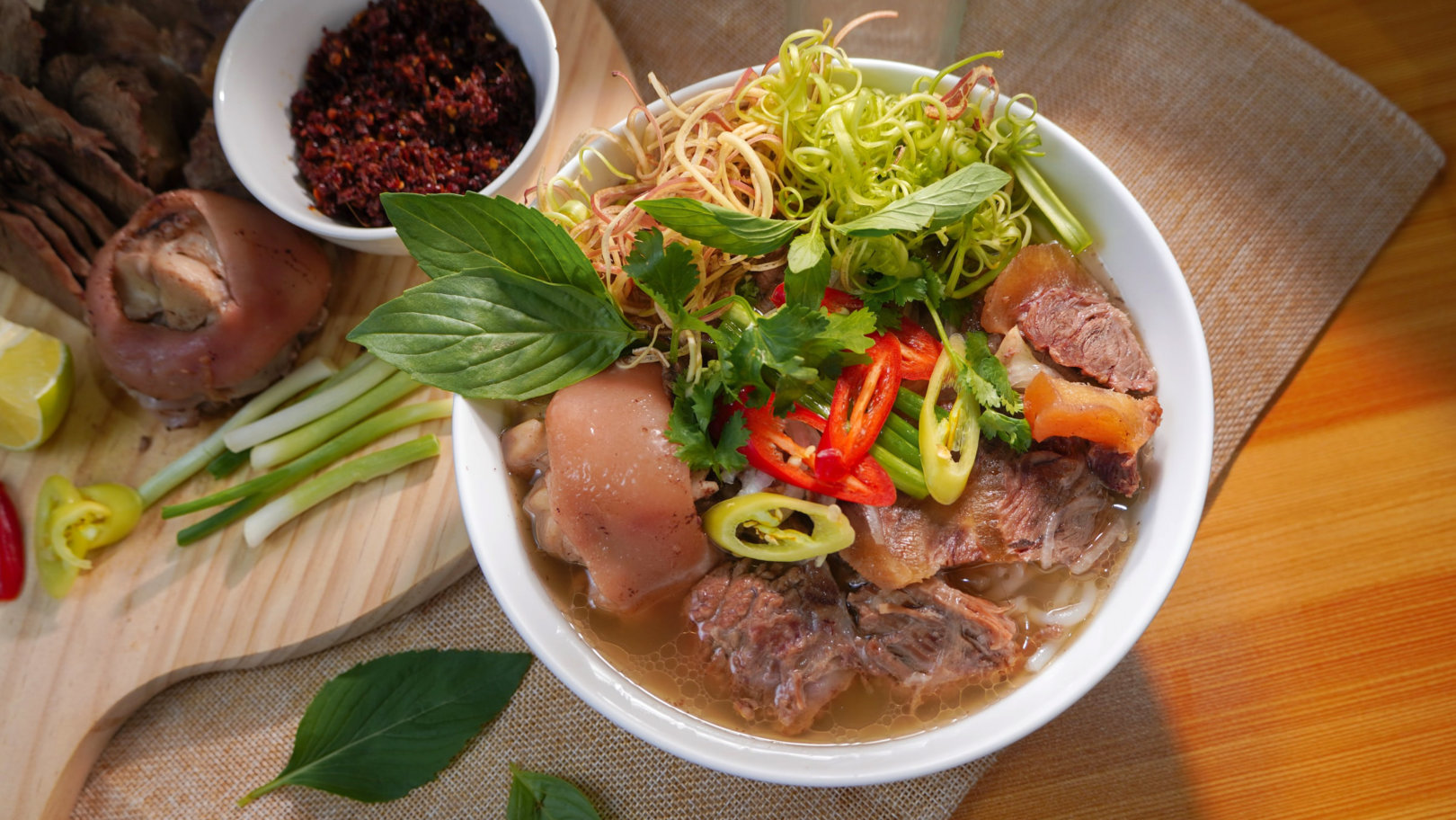
People in the centre of Vietnam are survivalists – they make the most of what they’ve got
Once you get to Huế, 600km south of Hanoi, you want to be eating bún bò Huế, which is the noodle soup of the region. It’s gutsy: made with chilies, lemongrass and a mixture of beef and pork. People in the central region of Vietnam are survivalists: they’re squeezed between the north and south regions but they make the most of what they’ve got. For me, bún bò Huế really embodies this sense of fortitude and earthiness.
Once you get down towards the southern tip and the Mekong Delta region, you should try hủ tiếu. It’s this fun, synergistic noodle dish – sometimes pork, sometimes chicken – with up to three kinds of noodles, many different accoutrements and the ability to be served dry or as a broth. Hủ tiếu is a very southern Vietnamese dish: it’s this entrepreneurial rainbow of ideas with the spirit of “anything goes”.
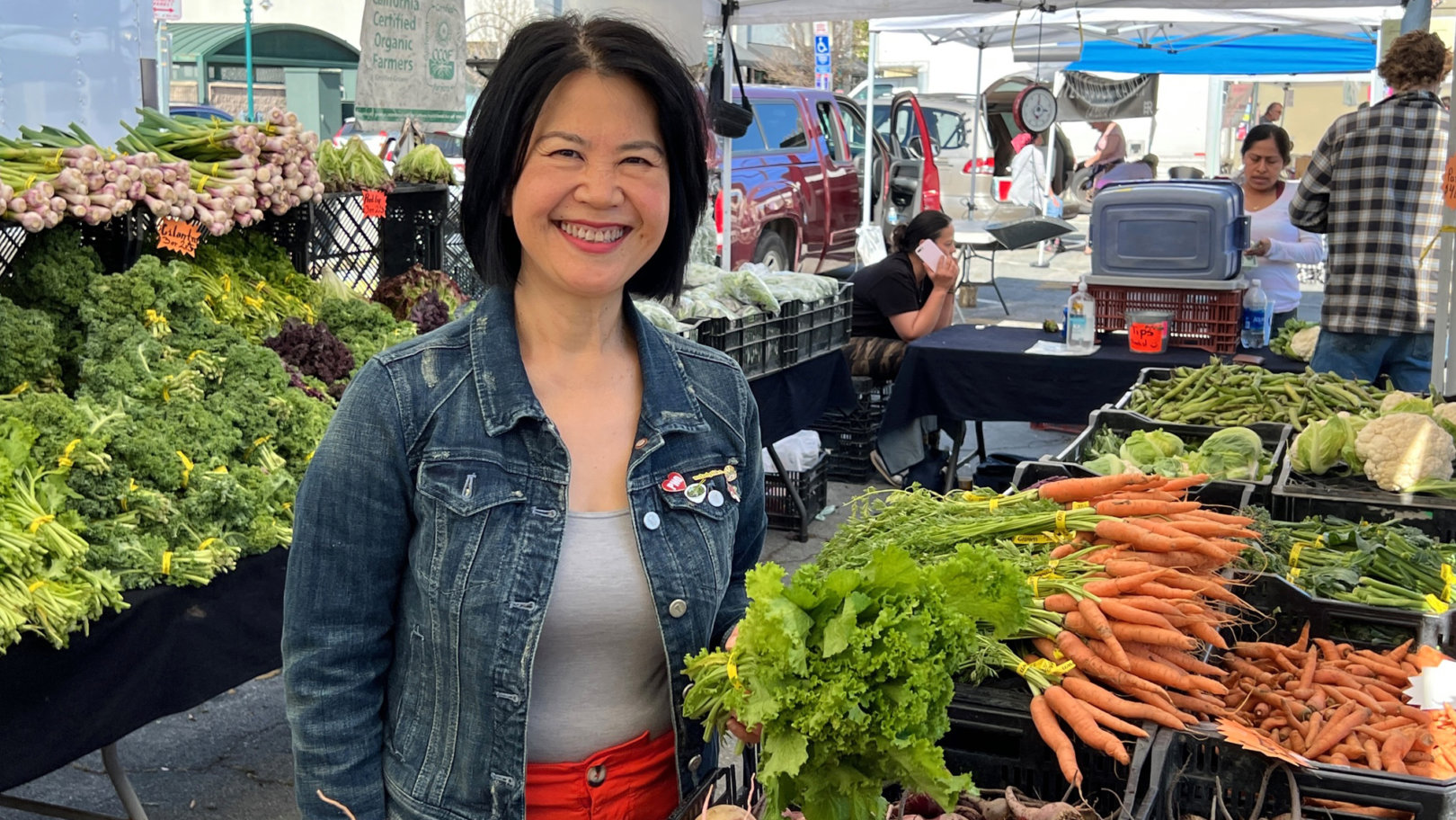
In a cooking class, you want to get hands on with the ingredients
So much of Vietnamese life revolves around markets, so it’s worth going at different times of day to see how people live and shop. You might, for example, try a fresh fruit smoothie made from giant avocados or buy a bunch of chubby little bananas: they’re so creamy, firm and sweet. If you take a cooking class, make sure it’s not what I call a “dump and stir” format. You want to get really hands on with the ingredients so try to accompany your teacher to a local market rather than have everything arranged for you.
Vietnamese cooking is very accessible. If you’re trying it at home, begin with a minimum of fish sauce in your pantry. You can make what I call “Any Day Pickle” with daikon radish (or turnips as a substitute), carrot, sugar, white vinegar and water. Keep the pickle in the fridge and add it to a rice bowl or bánh mì whenever you like for a Viet feel. By adding fish sauce, you’ll also be able to make nuoc cham dipping sauce.
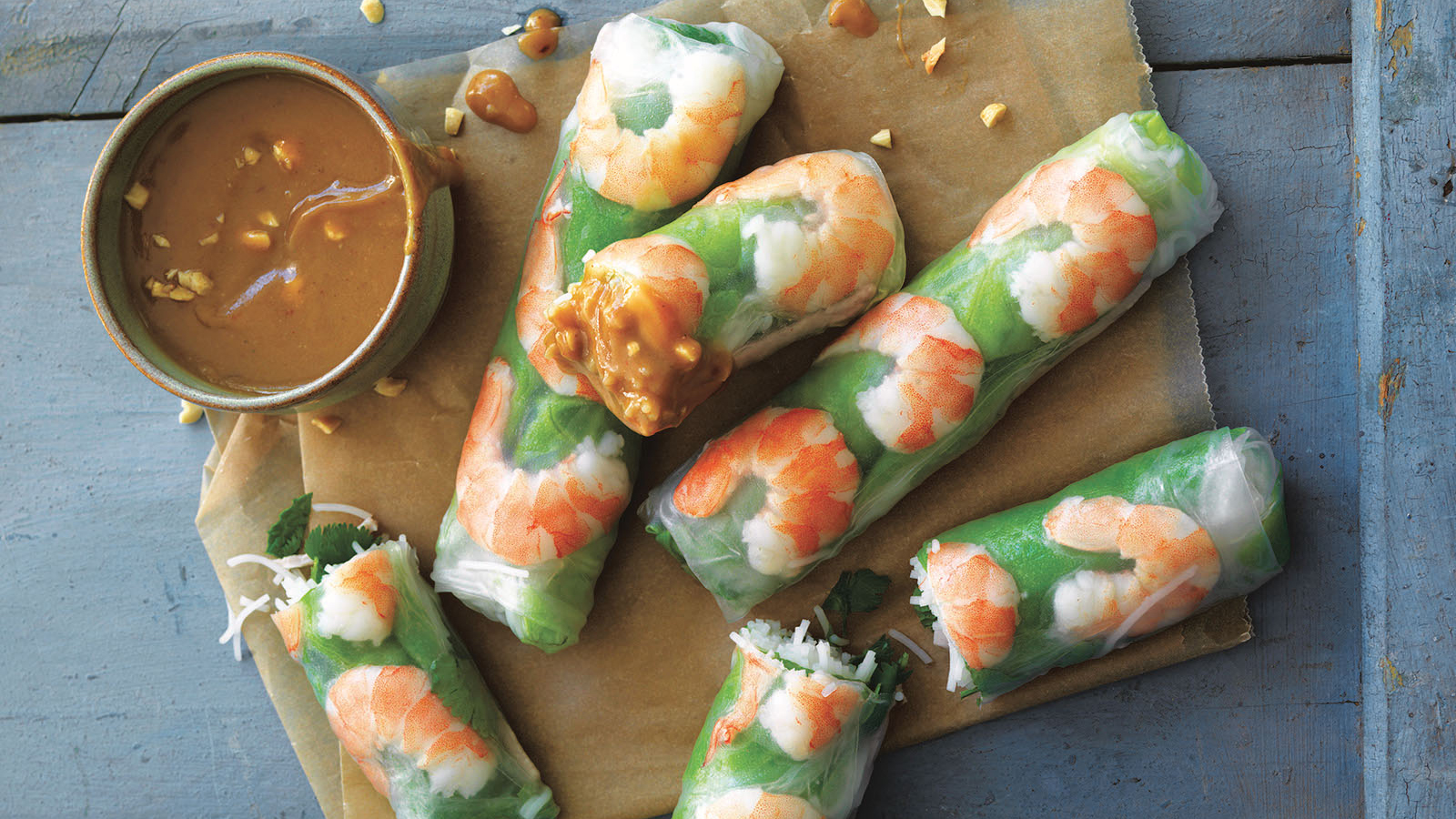
In an Instagram age, we need to keep in touch with tradition
Vietnamese people are extremely sentimental. We have a wistfulness about going home, whether that’s a physical return or the mental act of conjuring up home in food and its preparation. Food and cooking is a central part of the human experience for me: it defines me culturally.
In an age of Instagram reels and TikTok videos, I think it’s important not to lose track of what makes a cuisine interesting and special. We need to keep in touch with traditional flavors and methods, such as cá kho tộ (a fish dish) made with bittersweet caramel sauce (rather than the modern shortcut of Coca-Cola), or coconut water from actual green coconuts instead of coconut soda. Holding onto these things means understanding where we came from and it gives us a richer grasp of humanity.
Vietnamese author and cooking teacher, Andrea Nguyen, is founder of the food blog Viet World Kitchen. She lives in Santa Cruz, California, and her latest book, Vietnamese Food Any Day, is out now. Taste the food of Southeast Asia for yourself on Flash Pack’s Vietnam adventure.
Got a story or adventure that could inspire a solo traveler like you? Tag @flashpack on social or email [email protected] to be featured.
Images: Andrea Nguyen, John Lee & Unsplash







